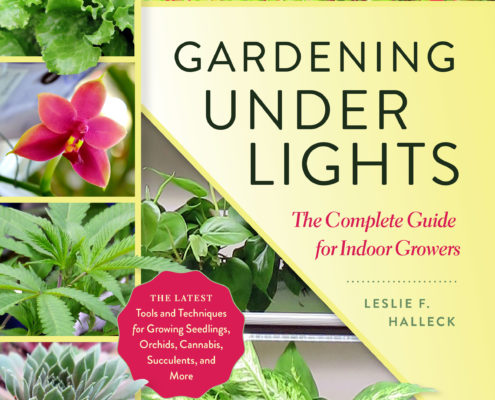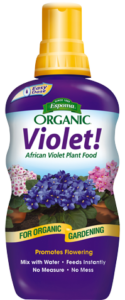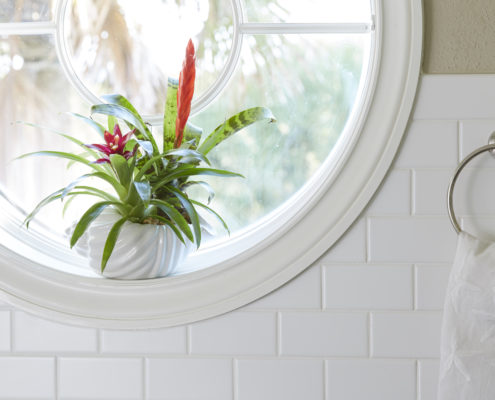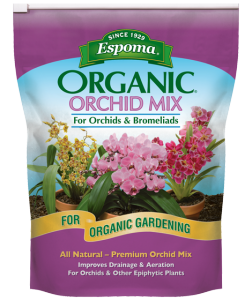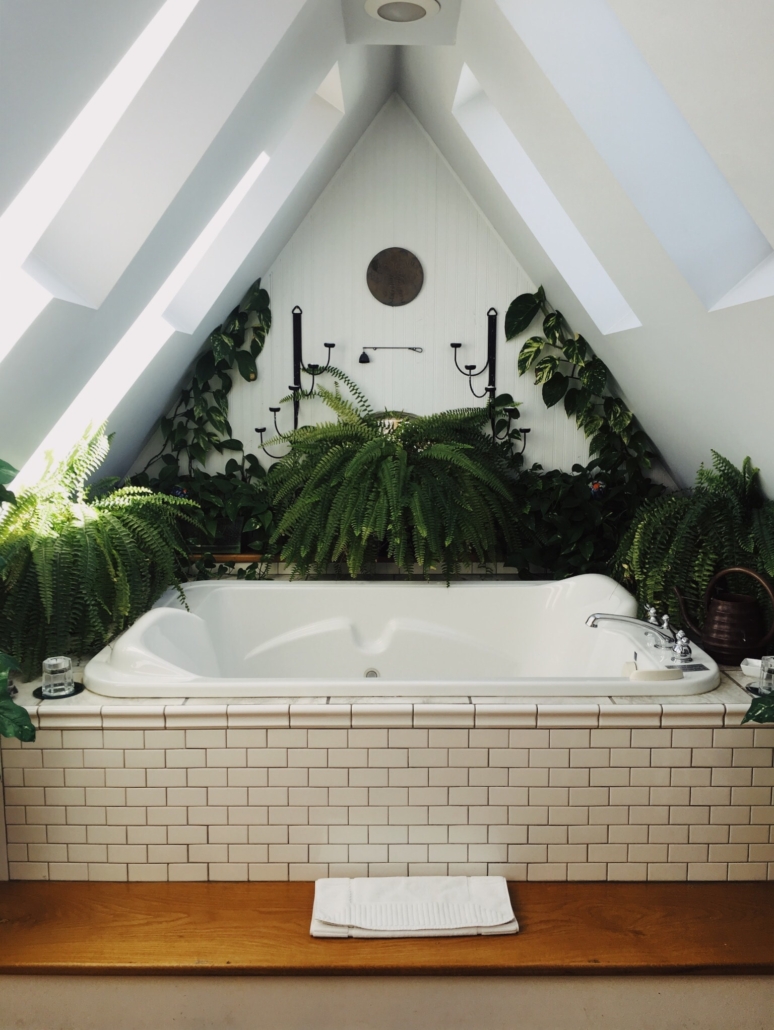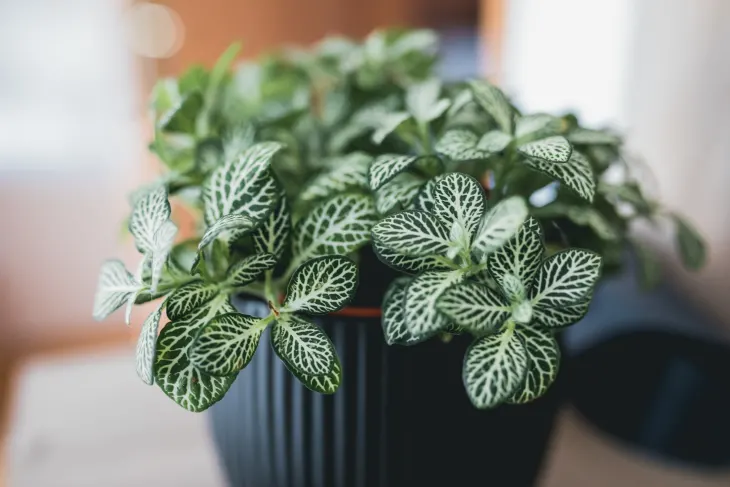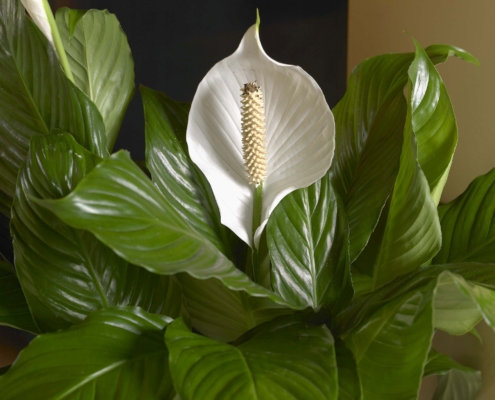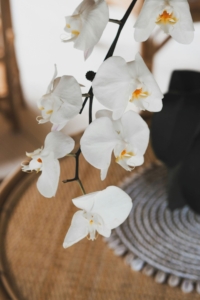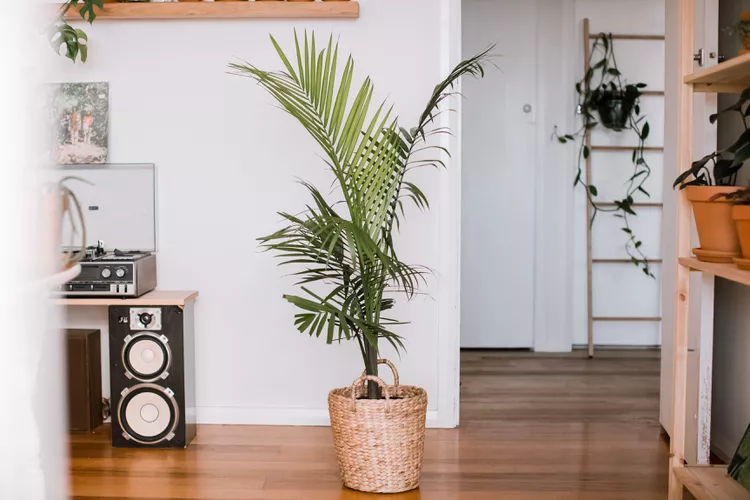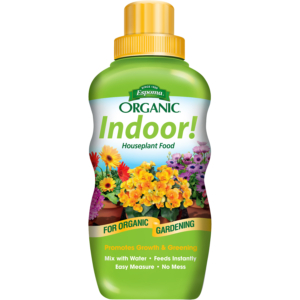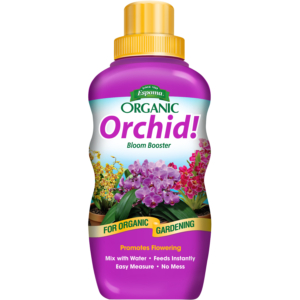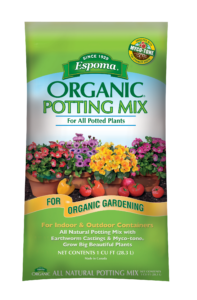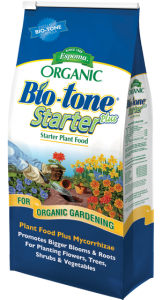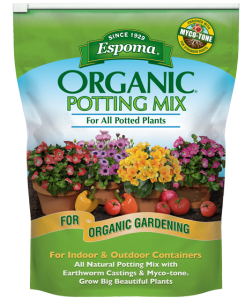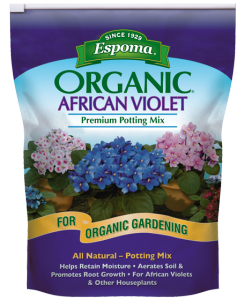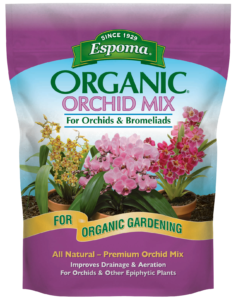New Year, New Gardening Reads
Spend winter months brushing up on your plant knowledge and cozying up indoors with a book on plants. The options can be endless and there’s certainly something for every level of gardener. Explore a whole new world of plants with our recommendations below.
by Summer Rayne Oakes

Everyone deserves to feel the inner peace that comes from taking care of greenery. Beyond the obvious benefits–beauty and cleaner air–there’s a strong psychological benefit to nurturing plants as a path to mindfulness. They can reduce our stress level, lower our blood pressure, and improve our overall outlook. And they offer a rare opportunity to find joy by caring for another living being. This is a guidebook for cultivating an entirely new relationship with your plant children.
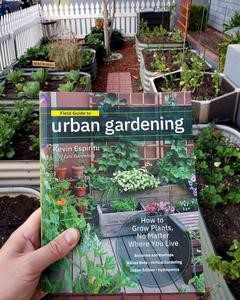
Field Guide to Urban Gardening: How to Grow Plants, No Matter Where You Live
By Kevin Espiritu
If you think it’s impossible to grow your own food because you don’t have a large yard or you live in the city…think again. There is a plethora of urban gardening options to create beautiful, productive edible gardens no matter where you live. The key to succeeding as an urban gardener is to choose the method(s) that make sense for your unique living situation and then give your plants what they need to thrive. Kevin helps you do just that.
How Not to Kill Your Houseplant: Survival Tips for the Horticulturally Challenged
By Veronica Peerless
From the basics of horticulture to detailed information about what type of plant will thrive in your living space, How Not To Kill Your Houseplant will be your comprehensive guide. This book covers 50 popular house plants and teaches you how to look for warning signs of sickness, pests and disease. With helpful tips, pictures and informational panels How Not To Kill Your Houseplant will help you create a plant paradise right in your own home.
Homestead Brooklyn shows you how to fertilize your houseplants.

Photo courtesy of Urban Jungle
Urban Jungle: Living and Styling with Plants
By Igor Josifovic and Judith de Graaff
This book will inspire beginners as well as advanced plant parents. It goes beyond the basic of plant care into the art of styling your home with plants. Travel across Europe to 5 different green homes with urban jungle bloggers, Igor and Judith. Along with style tips you’ll find DIY ideas with step-by-step instructions along with beautiful photography. Take your design skills to the next level and create and care for your own urban jungle.
Gardening Under Lights: The Complete Guide for Indoor Growers
By Leslie F. Halleck
Growing under indoor lights opens up a whole new world of possibilities for home growers. Gardening Under lights is a complete guide to high tech growing. It explains the basics and gives an overview of the most up-to-date tools and gear available. It also offers tips and techniques for growing ornamentals like orchids and bonsai, to growing a whole range of edibles from arugula to zucchini. There is also a complete guide to starting seed indoors.
New to seed starting? Watch this video to get up to speed.

Root, Nurture, Grow: The Essential Guide to Propagating and Sharing Houseplants
By Caro Langton and Rose Ray
A follow up to their successful debut book House of Plants, Caro and Rose show how easy it is to propagate house plants at home in their stylish new book. Beginner friendly techniques such as stem cutting, rooting in water, runners, offsets, grafting, and division are all covered. It also includes DIY projects like seed-bombs and how to make self-watering plant pots. Find out how fun and easy it is to create new plants for meaningful gifts and displays.
Here’s how to propagate the hottest houseplant.
The Savage Garden, Revised: Cultivating Carnivorous Plants
By Peter D’Amato
While this might not be new, The Savage Garden is still the best-selling book for anyone interested in carnivorous plants. The new edition is fully revised to include the latest developments and discoveries in the carnivorous plant world, making it the most accurate and up-to-date book of its kind. Beautifully illustrated with over 200 color photographs, let this be your guide to the beautiful, unusual world of easy to grow savage plants.
Bonus: Houseplant Masterclass
The Houseplant Masterclass is the first comprehensive online audiovisual course on houseplant cultivation, care and maintenance taught by Summer Rayne Oakes, founder of the blog, HomesteadBrooklyn.com, the weekly web series Plant One On Me, and author of the forthcoming book, How to Make a Plant Love You (Optimism Press, July 2019).
The course was fully funded on Kickstarter in April 2018 and went on sale in December 2018. The Masterclass features five sections and 100+ sub-sections on houseplant growing, care and cultivation; over 4 hours of audiovisual recordings; 300 full-color images and charts; a comprehensive care spreadsheet of 300+ common houseplants; 100+ botanical terms and 350+ botanical Latin names; product and book recommendations; access to a private Facebook community; and more. Participants will get houseplant badges as they complete sections and a certificate of completion at the end of the course.
Want to learn the basics of one of the most common houseplants? Summer Rayne teaches us all about Pilea Peperomioides.
Products to Buy

